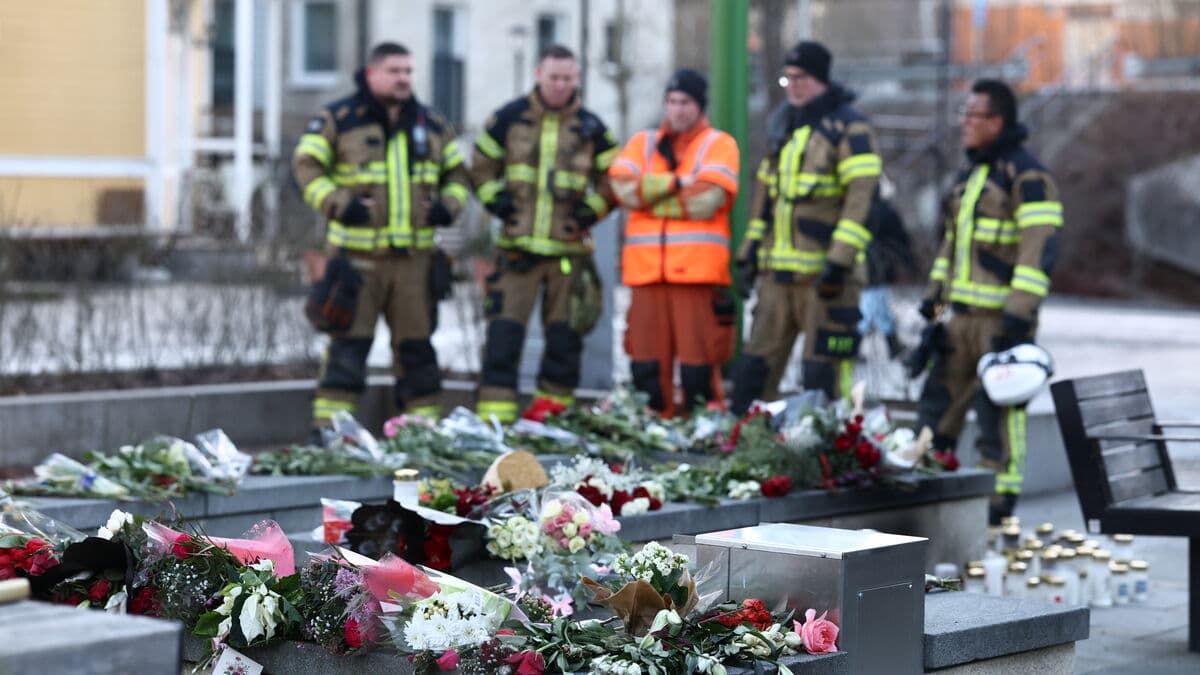It is sometimes described as the crisis that the world's countries actually managed to solve. Now, researchers have discovered a decline in the levels of harmful gases that break down the ozone layer earlier than expected.
The alarm sounded in the 1970s. Human use of freon in refrigerators and spray cans risked thinning out the ozone layer that protects against the sun's UV radiation. To limit the use of freon, the Montreal Protocol was signed in 1987.
Nearly three decades later, researchers describe the efforts to save the ozone layer as a "major global success". Concentrations of hydrochlorofluorocarbons (HCFC), another harmful gas that makes holes in the ozone layer, reached their peak in 2021 and have decreased since then – five years earlier than expected, according to a study published in the journal Nature Climate Change.
"Successful"
Although the decrease between 2021 and 2023 was less than 1 per cent, researchers point out that HCFC levels are going in the right direction. Many of the long-lived substances that break down ozone are also powerful greenhouse gases that warm the planet – so if they decrease, it also slows down climate change, the researchers emphasize.
The results highlight the importance of establishing and following international protocols, says lead author Luke Western from the University of Bristol.
At Chalmers University of Technology, infrared spectroscopic measurements of the sun have been carried out for 30 years. Based on these, it is possible to calculate the concentration of different substances in the atmosphere.
“We have seen that the concentration of HCFC-22 (the most common HCFC) has started to stabilise in the entire atmosphere (including the upper atmosphere), which confirms the trend reported by Wester et al. in the Nature article”, writes Professor Johan Mellqvist in a comment to TT.
He agrees that “the Montreal Protocol has been very successful”.
HCFC is less harmful to the ozone layer than banned freons but can still cause damage. The world has therefore agreed to abandon these chemicals as well.
They have been replaced with, among other things, hydrofluorocarbons (HFC) – which spare the ozone layer but contribute to rising temperatures. Despite an agreement being signed in 2016 to reduce the use of HFC, they are still used in a range of products.
Tougher battle
A bigger nut to crack will be to abandon climate-damaging fossil fuels, according to Western. The Montreal Protocol affected a relatively small industry and only required companies to change their products – not their entire business.
In a way, it's now a bigger beast that must be defeated, says Western to The Washington Post about the fight against climate change.
Signed in 1987 to limit the use and emissions of substances, primarily freons and halons, that damage the ozone layer in the stratosphere. Has been ratified by 197 states and the EU (2023). The terms have been tightened over time.
Thanks to the global reduction in emissions of ozone-depleting chemicals due to the Montreal Protocol, the increase in atmospheric concentrations has stopped and for some substances has begun to decrease. The ozone hole over Antarctica will likely remain until around 2050.
Source: Nationalencyklopedin





